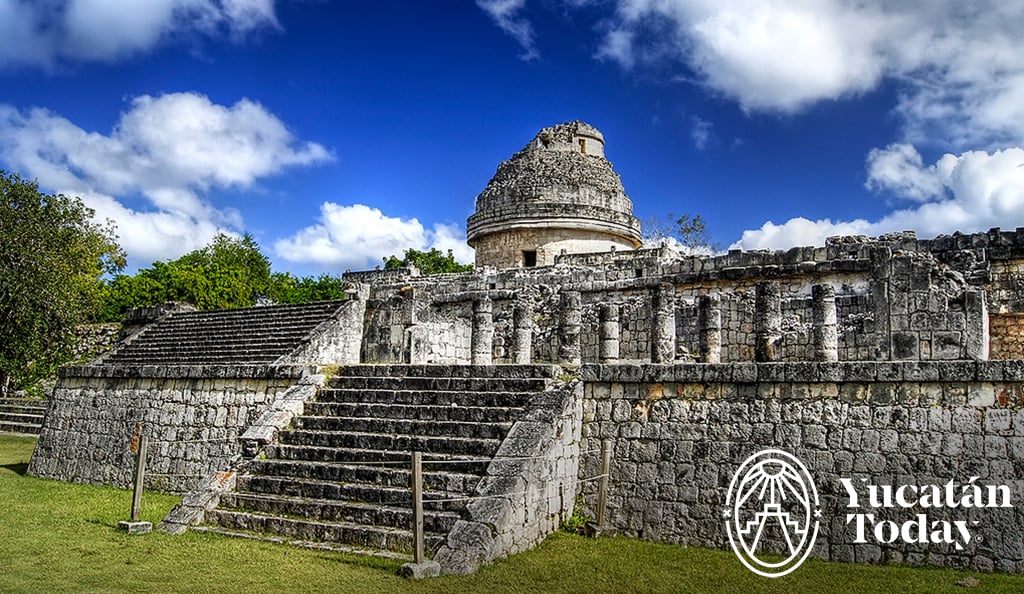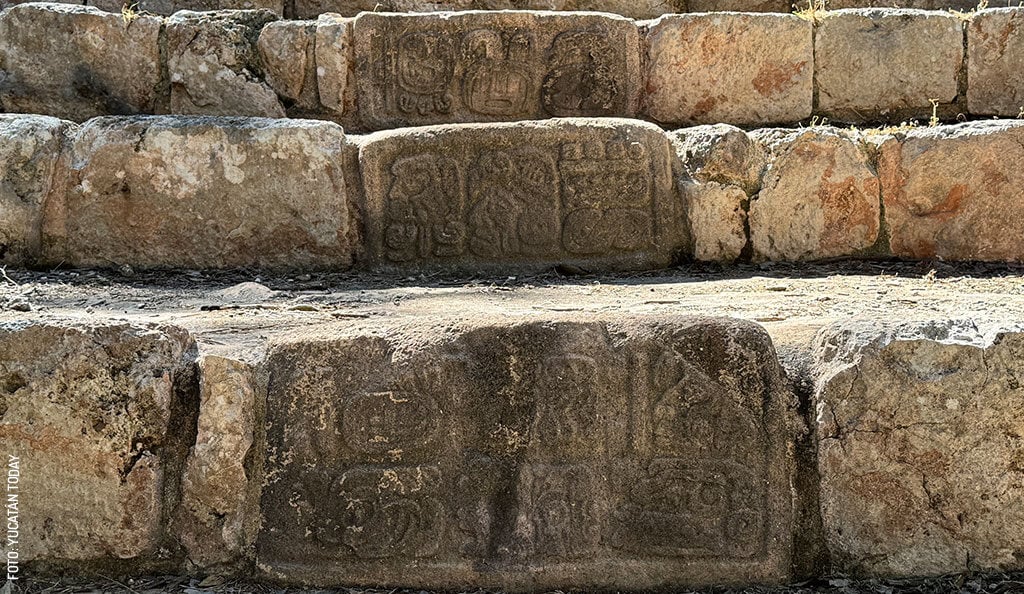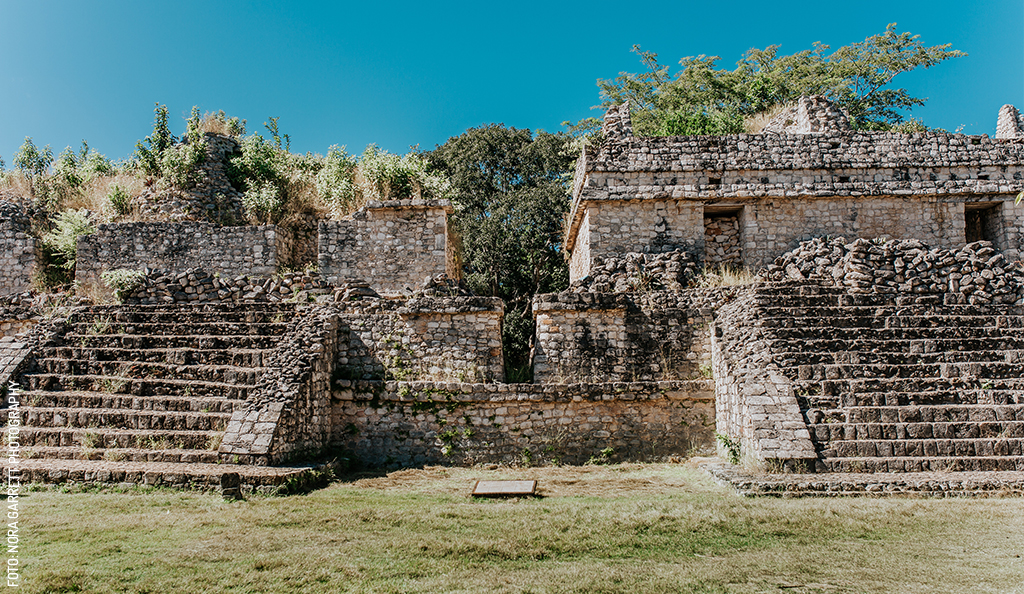
The Maya, the Sun, the Moon and the Stars
“To the Maya, the starry sky was a nocturnal landscape, full of animate movement and divine meaning.” - David Stuart, The Order of Days
The obsession about the year 2012 with the Maya calendar and the media frenzy over the end date of their Long Count on December 21, 2012 is something to be remembered. But obscured beneath this much-hyped date lies the core of Maya brilliance: their unfailing ability to accurately chronicle, assimilate and compute the calculations of eclipses, lunation and rotation cycles.
Because of their fascination with the night sky they became known as naked eye astronomers. The Maya were all about the sun, moon and the stars. Each major site had an observatory, and through the three remaining pre-Columbian codices (paperbark books) that survived the conquest it’s known that astronomical calculations were their strong suit.
The Maya and the Sky
But why was the sky so all important to the ancient Maya? The three codices, known for the cities in which they surfaced --Paris, Dresden and Madrid— may shed some light here.
The Dresden Codex and the Maya
The Dresden Codex –-a 78-page, three and a half meter long accordion fold book made of fig bark—is comprised of astronomical tables of astounding accuracy. It’s most famous for its lunar series and Venus table. The lunar series has intervals correlating to eclipses and the Venus table correlates with apparent movements of the planet. The codex also contains astronomical and astrological data and ritual schedules. But why were these cycles important to the Maya astronomers? Let’s begin with ritual.
The Madrid Codex and the Maya
The Madrid Codex details what the Spanish priests called debt payment. This book shows the divine procedure connected with the appropriate timing of rituals during which offerings were paid as debts to gods and ancestors to keep the world in harmony. Through successful payments, much would be given: ever needed rain and success in battle.
Venus was probably important to the Maya because the planet was associated with war. The Maya used it to determine favorable times for coronations and wars. Maya rulers planned wars to begin when Venus rose. The Maya weren’t alone in using Venus like this. All across Mesoamerica, Venus was depicted as ‘defeating’ the sun and moon because of its visibility both day and night. Due to this it became known as both morning and evening star.
Archeologist David Stuart, author of The Madrid Codex, states that information presented in the Dresden Codex’s Venus tables is not just observed data, but approximations of astronomical data that’s been tweaked to conform to other ritual cycles. Many of the numbers were not accurate depictions but contrived calculations meant to show ways the movement of the planet could conform to other cycles and important numbers.
These cycles were then modified by Maya astronomers to merge with other cycles that would accommodate different types of heavenly phenomena, using Venus as a “frame of reference to represent a certain elegant, even if somewhat forced, symmetry in the skies.” In other words, the ancient Maya cooked the books to craft a majestic purpose to the night sky. Even in this grand display of Maya astronomical ability, we see how the movement of the planets was meaningful only when contextualized in a larger cosmos of gods and numbers. This shows that not only were the Maya obsessed with time, the planets and the stars, but they used time as a tool to control their destiny, as required by their lords and rulers.
And through their absolute control over astral movements, they created a civilization that reigned over Mesoamerica for nearly 1500 years. Although this reign was not as peaceful as originally thought, theirs was a civilization that excelled in one of the highest forms of culture, not just in North America, but throughout the world.
The Maya rank with the world’s top civilizations: the Greeks, the Egyptians, the Indus Valley and the Chinese. And maybe, just maybe, it all came down to their ability to depict—and manipulate—the night sky.

Author: Yucatán Today
Yucatán Today, the traveler's companion, has been covering Yucatán’s destinations, culture, gastronomy, and things to do for 38 years. Available in English and Spanish, it’s been featured in countless travel guides due to the quality of its content.
¿Enamorado de Yucatán? Recibe en tu correo lo mejor de Yucatán Today.
No te pierdas nuestros mejores artículos y la edición digital cada mes antes que nadie.
Related articles

A Brief Introduction to Maya Culture
Explore the Maya civilization's rich history, divided into three key periods from their early development to the Spanish arrival.
The Myth of the Maya Collapse and Disappearance
The Mayan civilization did not collapse; its people and language continue to live on in Yucatán, as an integral part of Mexican identity.



